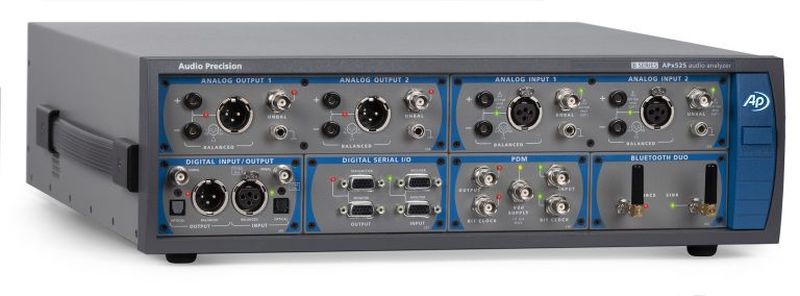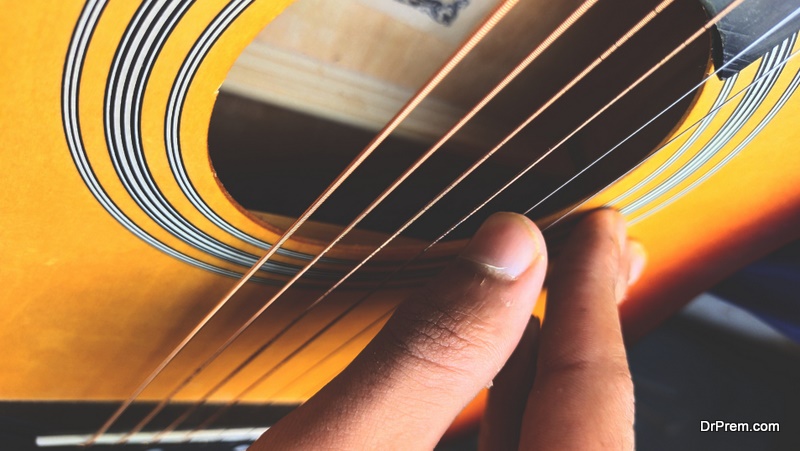Everyone has a preference for music. Some want it loud and energetic, and some like it soft and relaxing. But whatever your tastes are, you want the sound of what you’re listening to rich and harmonious, not raspy, broken, and uneven. The science of sound is called acoustics; it’s a branch of physics that deals with the study of mechanical waves in gasses, solids, and liquids, including subjects as sound, vibration, infrasound, and ultrasound.
Acoustic devices are instruments that are played naturally or unamplified. These are percussion, string instruments, wind, and woodwind instruments. So, technically all instruments are acoustic except when used in a manner that uses electricity.
The sound of acoustic and electrical instruments varies greatly. They both sound great and have the specific markets they cater to. Acoustic sounds more natural and unadulterated, while electric is robust, solid, and vibrating. Both create great sounds, just like how the world’s best guitarist Eric Clapton wonderfully strummed Change the World on his acoustic guitar, the same way he intensely played Sunshine of Your Love on his electric.
The clincher in the debate is the sound quality of the instrument. Sound can be measured in pitch, loudness, intensity, and duration, but the overall sound quality is called timbre.
Timbre is also known as tone quality or tone color. The distinguishing characteristics differentiate one sound from another even though they might be playing the same frequency with the same amplitude.
Each acoustic instrument may have a tool to help improve its sound quality. Cause why would you rely on poorly produced sound, right? You have practiced and practiced to improve your craft, and settling for the sound created by your instrument alone is not elevating your skill.
Here are a few tools to ensure sound quality in acoustic devices:
1. Audio Analyzers

For even excellent sound quality, an audio analyzer tests and measures the audio performance of any electronic and even electroacoustic instruments. Paired with the accompanying software, this tool will help you evaluate, set up, and configure your acoustic devices to ensure they’re creating the best sound possible. If you want to check high-quality sound analyzers and learn more about how this excellent tool could help you, look over their stellar reviews online.
Since sound quality covers many metrics such as noise, distortion, gain, and frequency response, it could be challenging to measure the sound quality of the acoustic device. An audio analyzer simplifies the process and fine-tunes the instrument and other gadgets to enhance the listening experience.
This is specifically important in music recording and mixing. Audio analyzers reveal problems in the individual device during recording to identify low-end content such as rumbles and hums that are not part of the production. It also identifies unintentionally louder or quieter instruments so you can make the necessary adjustments.
And when recording in a venue with poor acoustics, you can readily notice the bass response, so you may change the setting and not waste precious time and effort recording in a less than ideal venue.
2. Strings
The sound of your acoustic guitar is significantly influenced by the quality of your strings. Strings wear over time, and as your strings wear, the tone will change, the brightness will fade, and the sound it will produce will be dull and lifeless. There’s no definite time when you should replace your strings. It all depends on how often you use your guitar. Some guitarists change their strings weekly or monthly if they want a bright, rich tone every time they play, but some love the sound of worn-in or well-used guitar strings. It’s said to evoke a familiar, warmer, and mellow sound. Whichever you prefer, it’s always important to change your string before they come to the point that they break during a performance. Because strings degrade over time and cleaning it by wiping is not enough, it’s exposed to many elements that will affect the quality of the sound it makes.
3. Guitar Tuner

Most acoustic guitars have built-in tuners. Tuners are essential to ensure that the sound of your instrument is on the key. If yours doesn’t have a built-in tuner, a clip-on guitar tuner is available in every music store. You need to attach it to the headstock of your guitar, play a note and check the reading. If you’re not very keen on using your ears to tune your guitar to pitch, a tuner is the best tool for you. Modern tuners now come in digital types, more accurate and reliable than their analog counterparts. But tuning apps are making waves for their ease of use and portability. But ask any certified musician around; they’ll say it’s still important to train your ear to listen and adjust to the correct pitch.
4. Guitar Amplifier
An amplifier is an electronic device used to enhance the sound of acoustic, bass, or electric guitars by strengthening the weak electrical signal from a pick-up on the guitar so it can produce the sound that will come out of the loudspeakers housed in a wooden cabinet. It can also amplify the instrument’s tone by highlighting or toning down specific frequencies using equalizer controls and adding effects like distortion, overdrive, fuzz, and reverb through the pedals attached to the amplifier. There are also amplifiers with built-in effects that you don’t even need a pedal. Overall, the amplifier will shape the sound of your guitar.
5. Guitar Hygrometer

Proper care for musical instruments ensures their longevity and sound quality. Acoustic guitars are made of wood, prone to change when exposed to harsh conditions. When the wood material of your guitar becomes brittle, the sound it will make will not be the same as it was. When exposed to the condition of less than 40% relative humidity, the wood becomes brittle and may eventually fall apart. This condition may be due to the change in weather or the atmosphere inside the room where it’s stored.
A guitar hygrometer is a device that’s slim enough to fit inside your guitar case and will measure the humidity your instrument is exposed to. The device may be linked to your smartphone to ensure timely and accurate readings. Some hygrometer also measures the room’s temperature, so you’ll know if you need to transfer your instrument to a much safer and ideal place. There are hygrometers with built-in humidifiers that absorb the extra humidity in the location to ensure that your device is in an optimum environment.
6. Carbon Fiber Violin Bow
It’s vital to remember when playing the violin that the violin works as an amplifier and transmits the vibrations, whilst the bow generates them. A high-quality carbon fiber bow transmits sound better. Carbon fiber violin bows are preferred by violinists because the resonance may change one octave from 50 to 100Hz, resulting in a corresponding movement in overtones and a more concentrated sound that is brighter and more agreeable to the ear. Carbon fiber violin bows are currently chosen over traditional wood violin bows for their durability, lifespan, and pricing, in addition to their tone quality.
7. Drum Tuner

Drums are another acoustic device that should be tuned to ensure they produce the best sound. Drum tuners come in analog and digital versions and are used to make adjustments to lower or raise the drum’s pitch. It also tunes the toms to the key of a specific song. The tuner can be clipped on your drum’s rim for ease of use. Drum tuners also come in an app version with a built-in metronome for practicing, saving several presets so you’ll have an easier time working on your sets. Its accuracy takes all the guesswork out of drum playing.
8. Mute For Viola
A viola is a string instrument that looks like a violin and plays just like a violin, and the only difference is that the viola is bigger by at least 2 inches compared to the violin. Mute is a small device usually made of rubber or ebony and is attached to the viola’s bridge and mutes the sound by reducing the higher notes, which makes the overall sound warmer and melodious. The bows used on both instruments differ as well as the strings they use. But the major difference is how the instrument speaks, or how they are heard. A viola has a lower and much mellow tone than the violin. The quality of the sound produced by the viola is enhanced by the mute attached to it.
Conclusion
Acoustic devices have played a big role in shaping the way people listen to music. But more importantly, technology through sound engineering has elevated the quality of the sound that we listen to. A simple acoustic guitar performance can make waves and jump to the top of the charts through the enhancements done with it. Great music is subjective. What may be nice to one person may be dull to another. Sound quality is empiricaland verifiable. You cannot mask poor sound quality with heavy artificial extras. Any certified audiophile will know it on the first note.
Article Submitted By Community Writer




